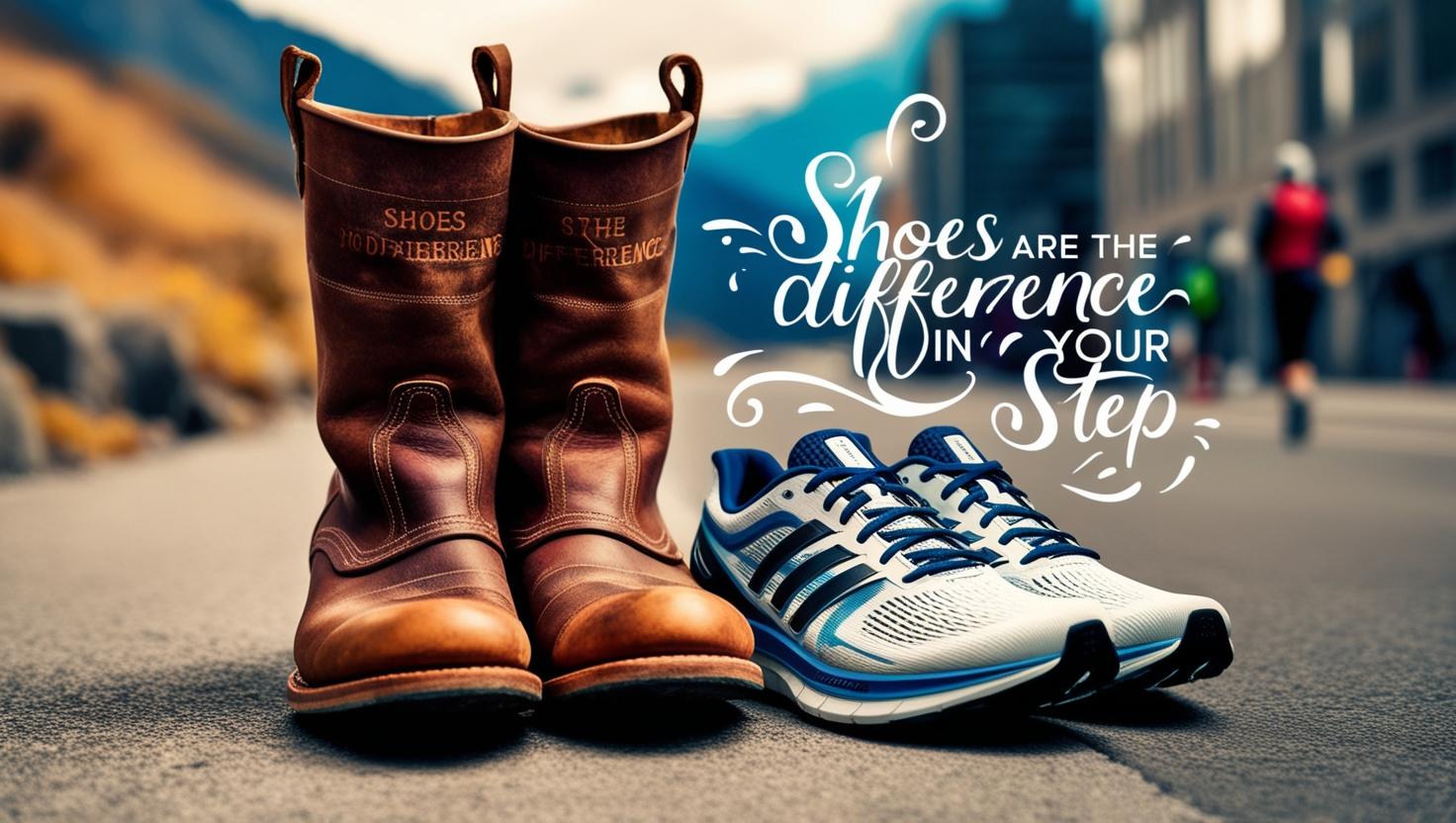Let’s talk shoes. Not just any shoes—the shoes that help bridge the gap (literally) when you’re navigating life with uneven legs, or a leg length discrepancy (in more technical terms). If you’re here, you know the struggle isn’t just about style or trends—it’s about finding footwear that supports your body, your lifestyle, and your resilience. As someone who’s spent years adapting to this reality (and still learning!), I’m here to share my hard-won insights, favorite picks, and a few “avoid-at-all-costs” lessons.
Why There’s No “Perfect Shoe” (And That’s Okay)
First, let’s get real: no single shoe works for every purpose. My leg length discrepancy journey started with a custom 3cm insole, a tight budget, and a lot of trial and error. Early on, I learned that shoes aren’t just about aesthetics—they’re tools. Tools that need to accommodate bulky insoles, withstand daily wear, and adapt to everything from workouts to walks. But here’s the kicker: your needs will evolve, and that’s part of the process. Let’s break down what’s worked for me—and what might work for you.
What I Prioritize in Shoes (Spoiler: Comfort Isn’t Optional)
- Comfort (But Make It Practical)
Let’s face it: shoving a custom insole into every shoe isn’t fun. The hunt for a removable insole (non-negotiable!) can feel endless. I’ve lost count of the times I’ve fallen for a stylish shoe, only to realize its insole is glued in. Hard pass. These days, I prioritize shoes with roomy toe boxes and removable insoles—because sacrificing comfort for style isn’t a tradeoff worth making.
- Durability: Buy Once, Cry Once
If you’ve ever awkwardly stripped a shoe in a store to test-fit your insole, you get it. I’ve learned to invest in quality over quantity, even if the price tag makes me cry. A durable shoe means fewer shopping trips, less hassle, and more time living life. Look for reinforced soles, sturdy stitching, and materials that hold up to your daily grind. You’ll just know the difference!
- Fit for Your Purpose
I’m an active person—weightlifting, hiking, chasing after life—so my shoes need to keep up. But your priorities might differ! Ask yourself: What do I need these shoes to do? A shoe built for stability (like the Reebok Nano) won’t serve a light runner the same way a flexible hybrid shoe (shoutout to Puma’s PWR TR) might. Match the shoe to your life.
What to Avoid (Unless You Love Ankle Pain)
- Big Heel Lifts
Many shoes have subtle heel lifts, but avoid anything exaggerated (looking at you, chunky boots and some running shoes). Adding a 3 cm insole to a raised heel? Suddenly, your stride and the muscles worked while walking, running, or pretty much doing anything will change. Your ankles and knees will protest. - Non-Removable Insoles
This seems obvious, but it’s a minefield. Layering your custom insole over a built-in one creates a cramped, unstable fit. If the insole won’t budge, walk away—or prepare for a DIY extraction mission (not ideal, but sometimes necessary).
My Go-To Shoes (Tested, Approved, and Insole-Proof)
1. For Exercise: Reebok Nano X3
The Reebok Nano X3 is my MVP for workouts. Its wide base and rock-solid stability handle heavy lifts, while the removable insole accommodates my bulky 3cm heel lift. No heel slippage, no compromises.
2. For Bulky Insoles: Nike Metcon 5
Here’s the hack: rip out the Metcon 5’s thick 1.5cm stock insole, and voilà—room for your custom orthotic. Just remember to remove the insole from both shoes to avoid imbalance. Yes, you’ll lose some cushioning, but the tradeoff for balance is worth it.
3. Everyday Hero: Puma PWR Hybrid TR
Need a shoe for errands, light runs, and everything in between? The Puma PWR Hybrid TR is a jack-of-all-trades. Its flat sole minimizes heel lift, and the spacious design fits my insole without screaming “orthopedic.” Plus, the sole strikes a Goldilocks balance—firm enough for stability, flexible enough for comfort.
Resilience Isn’t Just About Shoes—It’s About Adapting
Let’s be honest: managing leg length discrepancy is a marathon, not a sprint. There will be days when your ankles ache, your shoes disappoint, and the search feels endless. But here’s what I’ve learned: resilience is born from adapting, not perfection.
Early on, my budget limited me to whatever shoes I could afford—often sacrificing fit for cost. Now, I prioritize quality and purpose. It’s a privilege, yes, but also a lesson in advocating for your needs.
So, what’s your shoe story? What works (or doesn’t) for you? Share your wins, fails, and holy-grail finds. Because in this community, every tip, gripe, and “aha” moment helps someone else stride forward—literally.
